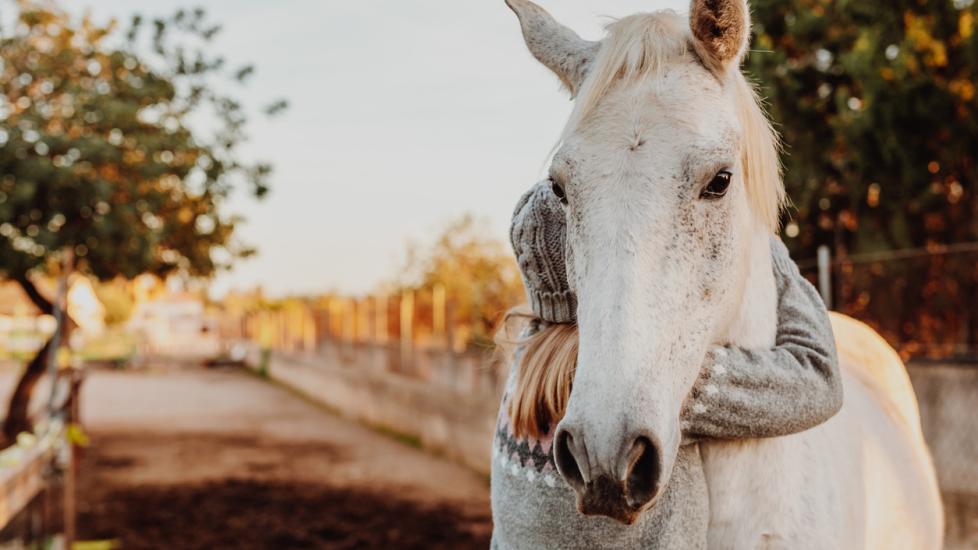Seizures in Horses
Epileptic Seizures
Much like in humans, horses suffer from epilepsy. And although equine epilepsy may not be the most common of horse afflictions, it is one that horse owners should be aware of. It causes seizures of various intensities and without proper care, a horse who is suffering from epilepsy runs the risk of seriously hurting themselves, other people or animals around them.
Symptoms
The most common sign of epilepsy is seizures. The horse will usually become unconscious, collapse, tremble and shake. Its ears or tail may tremble, while its eyes will glaze over, giving a distant or vacant appearance. It is something very disconcerting to witness. After the episode is over, however, the horse will generally return to its normal state.
Causes
Although the direct cause of epilepsy in horses is unknown, brain conditions such as tumors, infections or damage from parasitic worms have been linked to epileptic seizures.
Diagnosis
It can be a strange and frightening thing to watch a horse have a seizure. If you are not certain your horse is having an epileptic seizure, consult a veterinarian. They can identify underlying causes, if any, and establish a treatment plan according to the diagnosis. It is important to note: veterinarians will generally rule out conditions that may mimic seizures such as colic, narcolepsy, and vestibular disease.
Treatment
Depending on the underlying cause for the seizures there are certain treatments that are designed to help control the episodes, but there is nothing that can prevent or stop epilepsy in horses in the long term. There are, however, two types of medications used by veterinarians to control the convulsions that occur during seizures: Diazepam and Phenobarbitone.
Living and Management
Life returns to normal after a seizure. It may not seem like it should, but most horses and ponies that experience epileptic seizures get up and look and act normally afterwards. As far as living and management is concerned, there is no way to prevent seizures but there is a way to make them easier: keep hazardous objects away from horses susceptible to seizures. This ensures that the horse is safe from hurting itself (or others) when from it collapses and begins to convulse.
References
Featured Image: iStock.com/DianaHirsch
